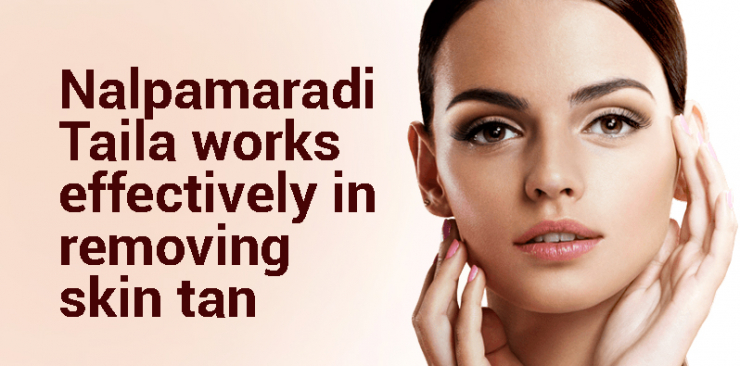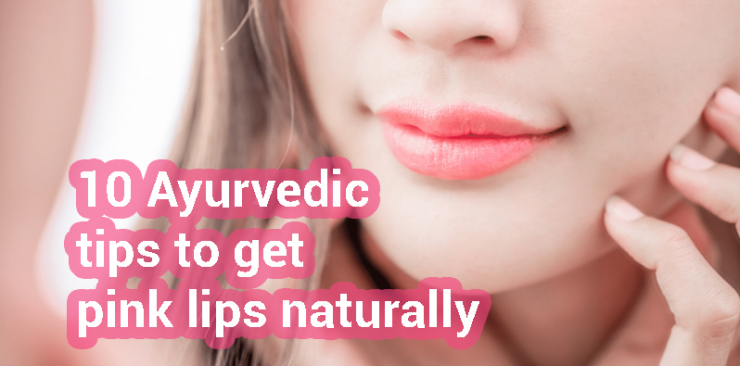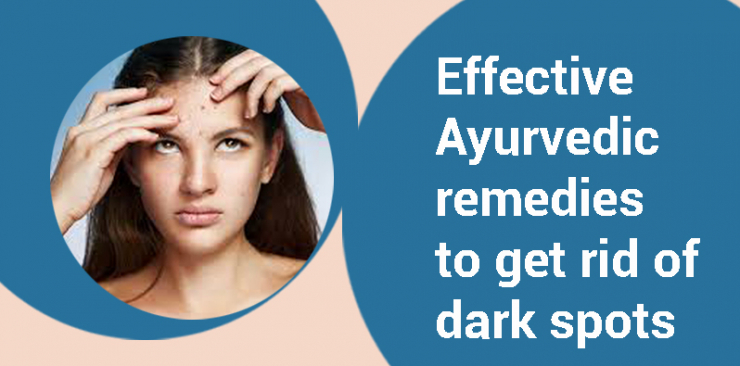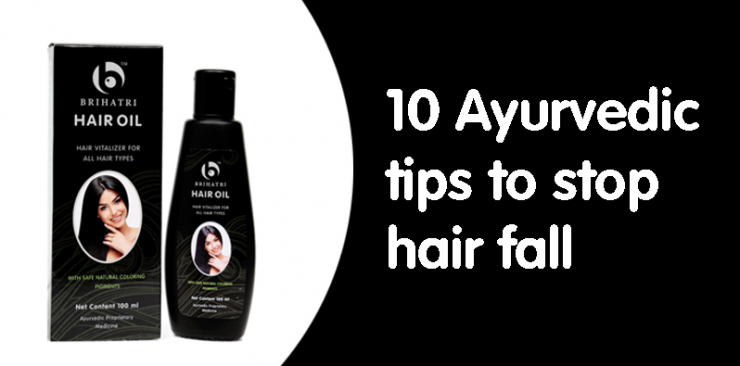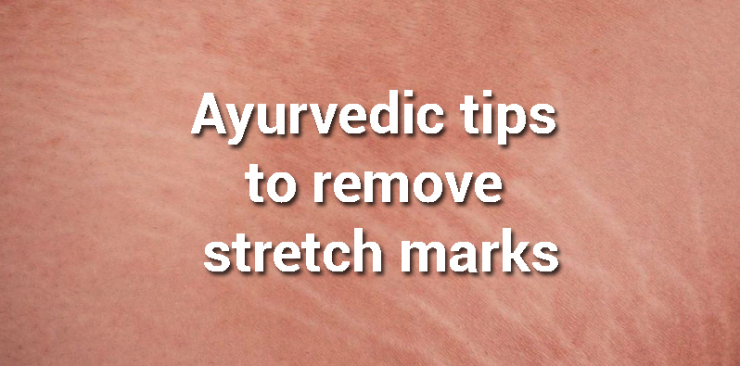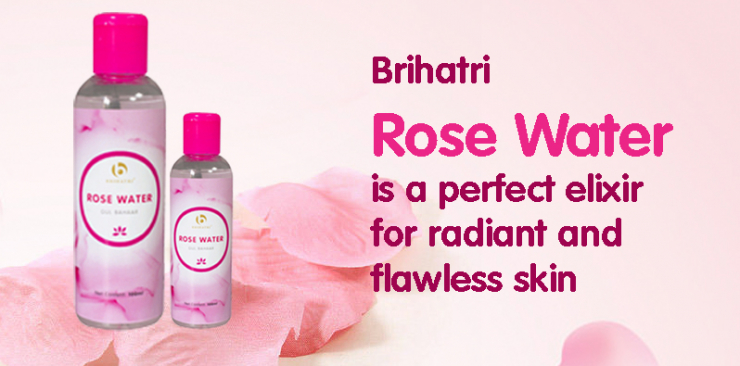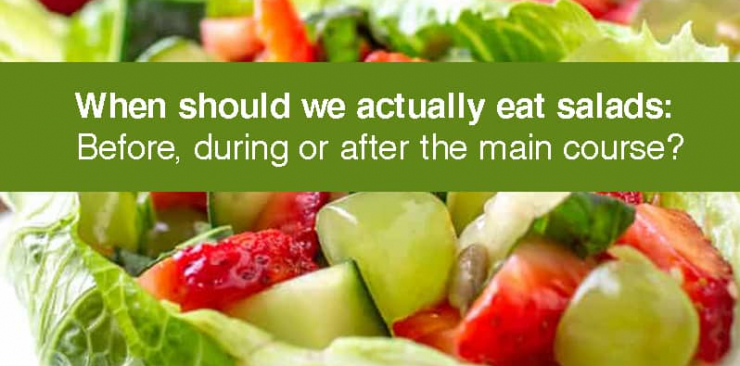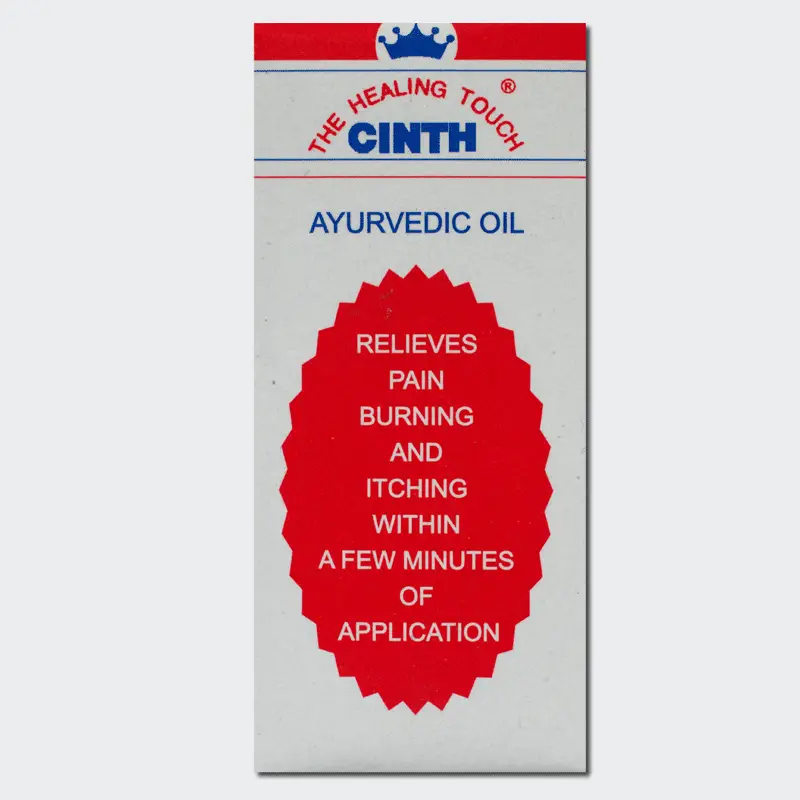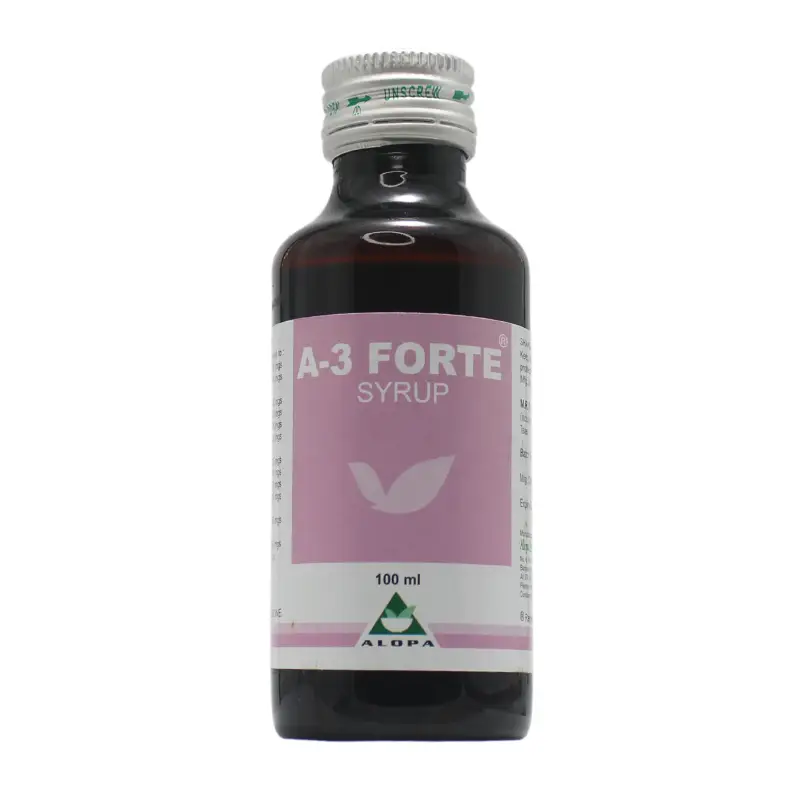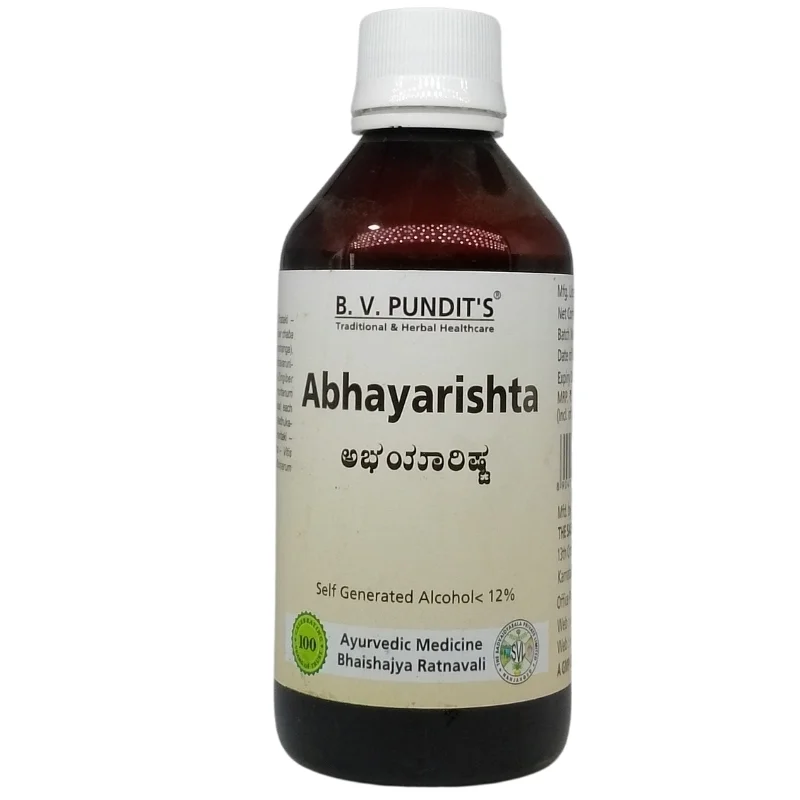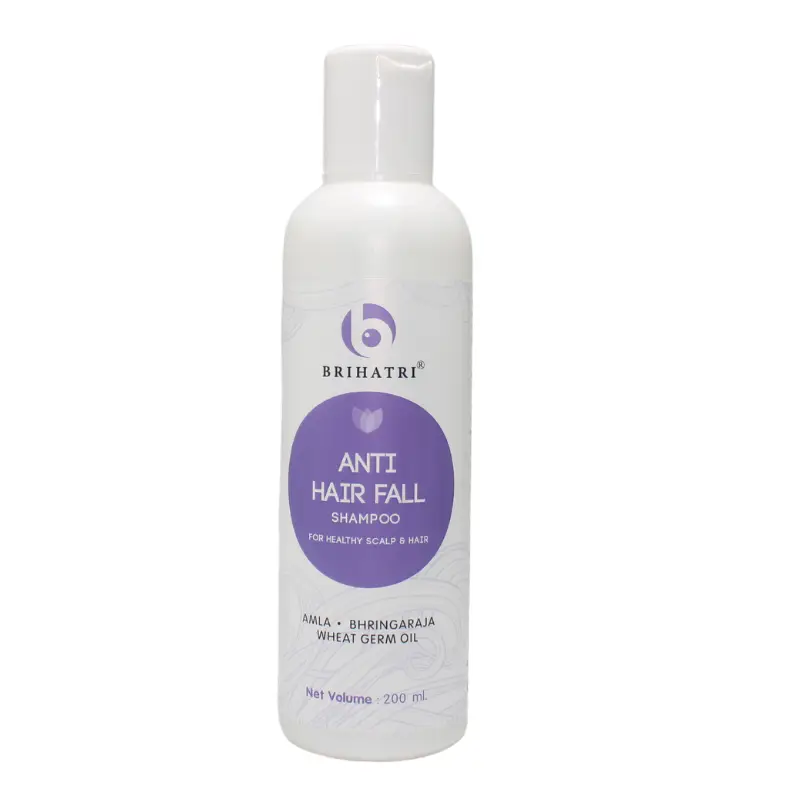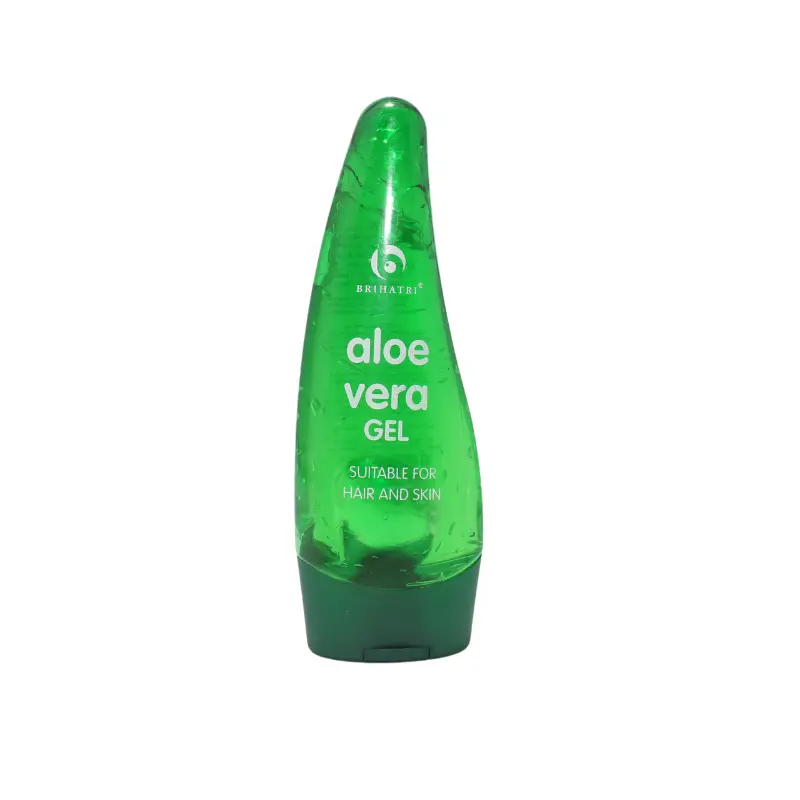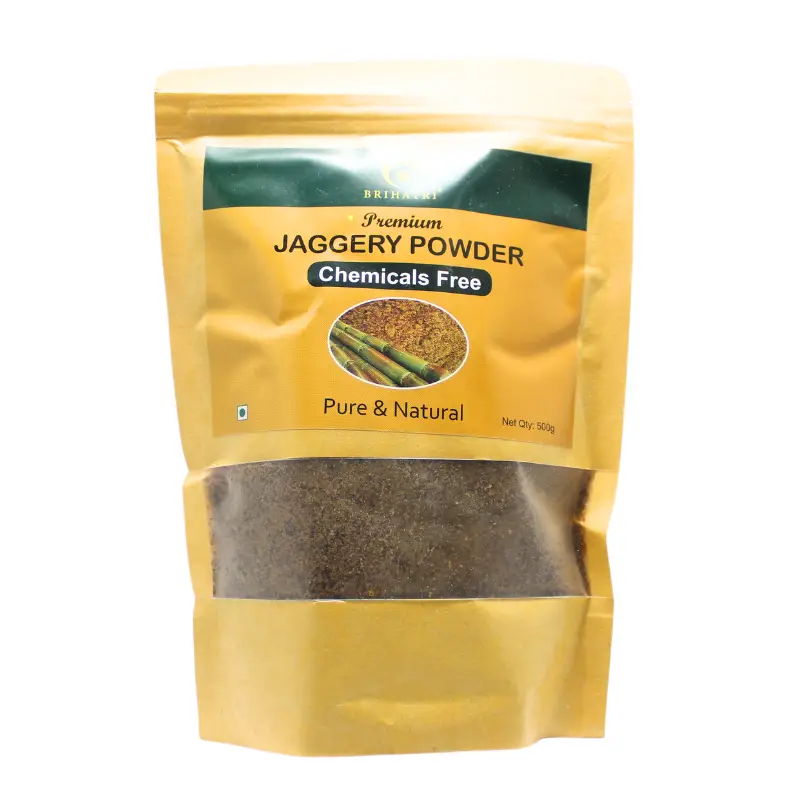NALPAMARADI TAILA WORKS EFFECTIVELY IN REMOVING SKIN TAN
Our skin gets tanned and damaged over time due to prolonged exposure to the sun. The UVB radiation of the sun burns the upper layers of the skin called the epidermis, causing sunburns, which is commonly called tan. When UVA rays penetrate the lower layers of the epidermis, they trigger cells called melanocytes to produce melanin. Melanin is the brown pigment that causes tanning. Tanning may even cause skin problems like hyperpigmentation, dark spots, and dullness.
It is challenging to remove tanning from your skin. So the best way to avoid tannning is to avoid getting it in the first place. Protect your skin from unwanted tanning with proper sun protection. Use an umbrella or wear a hat. Sun protective clothing and sunscreen also protect the skin from tanning.
However, the ancient science of Ayurveda found the solution for getting rid of tanning centuries back. To heal the skin from the damage of the sun, Ayurveda recommends a regular massage with the herbal oil Nalpamaradi Taila. This amazing oil removes tan without causing any harm to the skin. When applied regularly, you can start seeing results within a week.
Nalpamaradi Taila is a powerful antipruritic, antifungal, anti-oxidant and demulcent oil that can reduce itchiness, irritation, and inflammation. The antipruritic and soothing nature of Nalpamaradi oil make it an effective solution for a wide variety of skin diseases.
Ingredients of Nalpamaradi Taila
Nalpamaradi Taila is an Ayurvedic herbal oil made from the barks of the popular peepal tree known as the Ficus trees. These barks are effective in curing various skin diseases, and even beneficial in ulcers, and nervous disorders.
To prepare Nalpamaradi oil, barks from four different species of the peepal tree are used. These are the Banyan (Ficus Benghalensis), Gular/Dumar (Ficus racemosa), Pukar (Ficus benjamina) and Kamarup (Ficus microcarpa). These four Ficus species together are known as Nalpamara in Ayurveda. Besides Nalpamara, Nalpamaradi Taila also contains other powerful Ayurvedic ingredients like vetiver, turmeric, amla, and sesame oil that heal the skin and make it glowing.
Nalpamaradi oil can pacify all three doshas, but it mainly pacifies Kapha dosha and Pitta dosha.
Nalpamaradi Taila for de-tanning
The peepal tree has many health benefits, and the bark of the tree is an excellent remedy for skin related diseases. For example, if the ash of the bark of the peepal tree is directly applied to the skin, it treats eczema.
CLICK HERE NOW TO BUY NALAPAMARADI TAILA…..!!!
Peepal tree bark: A rich source of vitamin K, the bark is an excellent solution for removing skin tan. It not only strengthens blood capillaries and minimises skin inflammation but also heals skin bruises faster by increasing skin resilience. The bark of the peepal tree also treats pigmentation, wrinkles and dark circles. It also lightens surgery and stretch marks, scars, etc.
Banyan tree bark: Banyan tree bark has immense medicinal properties. While the bark of the peepal tree takes care of Kapha and Pitta dosha imbalances, banyan tree bark works on Vata imbalances. Banyan tree bark is a remedy for swelling, skin wounds, and excessive sweating. Even moles can be gotten rid of with the milk taken out from the bark of a banyan tree.
Vetiver provides Nalpamaradi Taila the cooling properties. The oil taken out of the roots of vetiver treats acne, dry skin, aging skin, and skin irritation. It also soothes the body and the mind.
Turmeric has powerful antioxidant and anti-inflammatory properties that help to de-tan the skin. It also reduces pigmentation and heals blemishes. Turmeric gives Nalpamaradi oil the brightening properties, and also gives the yellowish tinge.
Amla has immense benefits for the skin. Its natural toning and antibacterial properties help prevent dark spots while removing tanning from the skin. Amla helps Nalpamaradi Taila to treat hyperpigmentation.
Aloe vera is a powerful, anti-inflammatory skin soother. A study found that aloe vera may suppress the release of melanin and reduce pigmentation.
How to use Nalpamaradi oil
Take a few drops of Nalpamaradi oil and apply it on the affected part of the skin. Leave it for at least an hour to get better results. Then wash it off with warm water. The oil is suitable for all skin types, even oily and sensitive skin. You can apply it twice a day, but not more than that

